

Articles
How To Store Potato Salad
Modified: February 29, 2024
Learn how to store potato salad properly with these helpful articles. Keep your salad fresh and delicious for longer!
(Many of the links in this article redirect to a specific reviewed product. Your purchase of these products through affiliate links helps to generate commission for Storables.com, at no extra cost. Learn more)
Introduction
When it comes to summer gatherings and picnics, a classic dish that always makes an appearance is potato salad. This delightful combination of tender potatoes, creamy dressing, and flavorful seasonings is a crowd favorite. But what happens when you have leftover potato salad or need to store it for later? Proper storage is essential to preserve its taste and freshness.
In this article, we will guide you through the steps on how to store potato salad effectively. From choosing the right container to handling leftovers, we will cover all the necessary aspects to ensure your potato salad stays delicious for as long as possible.
So, let’s dive in and discover the secrets to storing potato salad like a pro!
Key Takeaways:
- Properly storing potato salad involves choosing the right airtight container, cooling it properly, and storing it in the refrigerator away from strong-smelling foods. Handling leftovers with caution ensures safety and freshness.
- To store potato salad like a pro, use an airtight container, cool it down before refrigerating, and cover it tightly to maintain its flavor and texture. When handling leftovers, consume within 3-4 days and avoid cross-contamination.
Step 1: Choosing the Right Container
When storing potato salad, selecting the right container is crucial to maintain its quality and prevent it from drying out or absorbing odors from other foods in the refrigerator. Here are some important factors to consider:
- Airtightness: Opt for an airtight container that will keep the potato salad fresh and prevent any moisture from escaping.
- Size: Choose a container that fits the amount of potato salad you have. It’s best to leave a little extra space at the top to accommodate any expansion that may occur during storage.
- Material: Use a container made of non-reactive material, such as glass or BPA-free plastic. This will ensure that the flavors of the potato salad remain intact and free from any unwanted chemical leaching.
- Ease of cleaning: Look for a container that is easy to clean and dishwasher-safe, as this will save you time and effort in the long run.
It’s also worth mentioning that if you plan to transport the potato salad, consider using a sturdy, leak-proof container that will prevent any spills or accidents.
By choosing the right container, you are setting the foundation for proper potato salad storage. Now, let’s move on to the next step: cooling the potato salad.
Step 2: Cooling the Potato Salad
Before storing potato salad, it’s important to let it cool down properly. Cooling the salad not only ensures food safety but also helps maintain its texture and flavor. Follow these steps to cool your potato salad effectively:
- Allow it to reach room temperature: If you’ve just prepared the potato salad, let it sit at room temperature for about 30 minutes. This allows the flavors to meld together and for any residual heat to dissipate.
- Transfer it to a shallow dish: Spread the potato salad in a shallow dish rather than leaving it in the mixing bowl. This increases the surface area, allowing for quicker and more even cooling.
- Place it in the refrigerator: Once the potato salad has cooled down to room temperature, place the dish in the refrigerator. Keep it uncovered during this stage to prevent condensation from forming, which can make the salad mushy.
- Cool it for at least 1 hour: Ideally, let the potato salad chill in the refrigerator for at least 1 hour before moving on to the next step. This ensures that the salad is thoroughly cooled and ready for storage.
By properly cooling the potato salad, you are reducing the risk of bacterial growth and prolonging its freshness. Now that the salad is cool, it’s time to move on to the next step: storing it in the refrigerator.
Step 3: Storing in the Refrigerator
Proper storage in the refrigerator is essential to maintain the quality and safety of your potato salad. Follow these steps to store your potato salad effectively:
- Wrap the dish tightly: Before placing the potato salad in the refrigerator, cover the dish tightly with plastic wrap or aluminum foil to create a barrier against air and potential contaminants.
- Place it on a stable shelf: Find a stable and level shelf in your refrigerator where the potato salad won’t get bumped or knocked over. This will prevent any unnecessary spills or accidents.
- Avoid placing it near strong-smelling foods: Strong-smelling foods like onions or garlic can impart their flavors onto the potato salad. Store the salad away from these items to maintain its original taste.
- Do not store it in the door: Though it may seem convenient, storing the potato salad in the refrigerator door exposes it to temperature fluctuations as the door is frequently opened and closed. Instead, choose a spot in the main compartment for more consistent temperature.
Remember to always store potato salad in the refrigerator to keep it at a safe temperature and prevent bacterial growth. Now that the salad is properly stored, it’s time to cover it properly to maintain its freshness.
Store potato salad in an airtight container in the refrigerator. Make sure to consume it within 3-5 days to ensure freshness and prevent spoilage.
Step 4: Covering the Salad Properly
Properly covering the potato salad is essential to prevent it from drying out and to maintain its flavor. Follow these steps to cover your salad properly for optimal storage:
- Use an airtight lid or plastic wrap: If your container has an airtight lid, securely cover the potato salad with it. Alternatively, you can use plastic wrap tightly pressed against the surface of the salad to create an airtight seal.
- Avoid leaving any gaps: Make sure there are no openings or gaps between the lid or plastic wrap and the dish. This will help prevent air from getting in and moisture from escaping, keeping the potato salad moist.
- Label and date the container: To maintain organization in your refrigerator and keep track of freshness, label the container with the contents and the date it was stored. This will help you consume the potato salad within a reasonable time frame.
Remember to always use clean hands and utensils when handling the potato salad to avoid any cross-contamination. Now that your potato salad is covered properly, let’s move on to the final step: handling leftovers.
Step 5: Handling Leftovers
Leftover potato salad can be enjoyed for a few days if stored and handled properly. Follow these steps to handle your potato salad leftovers:
- Check for freshness: Before consuming leftover potato salad, always check for signs of spoilage such as a foul smell or unusual changes in texture or color. If in doubt, it’s best to discard it.
- Consume within 3-4 days: To ensure optimal freshness and quality, consume the leftovers within 3-4 days of storage. After this time, the flavors may begin to deteriorate, and the risk of foodborne illness increases.
- Avoid double-dipping: When serving from a container of leftover potato salad, avoid using the same utensil that has touched other food or your mouth to prevent cross-contamination.
- Refrigerate promptly: As soon as you finish serving, promptly store any leftover potato salad in an airtight container and refrigerate it. Avoid leaving it at room temperature for an extended period.
- Reheat with caution: If you prefer to eat your leftover potato salad warm, reheat it gently in the microwave or on the stovetop. Be cautious not to overheat it as this may cause the dressing to separate or the potatoes to become mushy.
By following these guidelines, you can safely enjoy your leftover potato salad without compromising its taste or your health. Now that you know how to handle leftovers, let’s conclude our guide to storing potato salad!
Conclusion
Properly storing potato salad is essential to maintain its taste, texture, and safety. By following the steps outlined in this guide, you can ensure that your potato salad remains fresh and delicious for as long as possible. Let’s recap the key points:
First, choose an airtight container that is the right size and made of a non-reactive material. This will help preserve the flavors and prevent any moisture loss. Next, allow the potato salad to cool at room temperature and then transfer it to the refrigerator for proper chilling.
When storing in the refrigerator, make sure the dish is tightly covered to prevent it from drying out or absorbing odors from other foods. Avoid placing it near strong-smelling items and keep it on a stable shelf for easy access.
When handling leftovers, remember to check for freshness, consume within a few days, and avoid cross-contamination. Properly label and date the container to keep track of its freshness and avoid any potential health risks.
With these steps, you can confidently store and handle potato salad, allowing you to enjoy the leftovers or prepare in advance for gatherings and picnics. So, the next time you make potato salad, follow these guidelines, and you’ll be able to savor its deliciousness for days to come!
Frequently Asked Questions about How To Store Potato Salad
Was this page helpful?
At Storables.com, we guarantee accurate and reliable information. Our content, validated by Expert Board Contributors, is crafted following stringent Editorial Policies. We're committed to providing you with well-researched, expert-backed insights for all your informational needs.
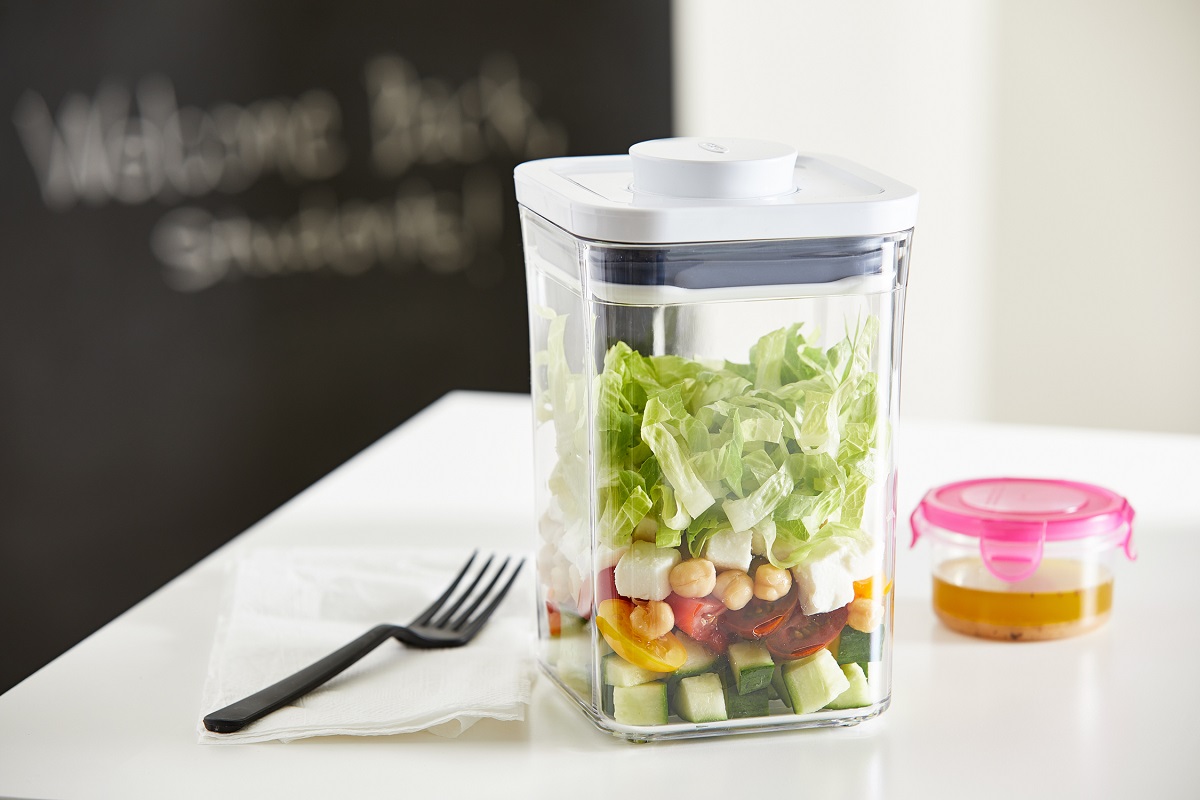
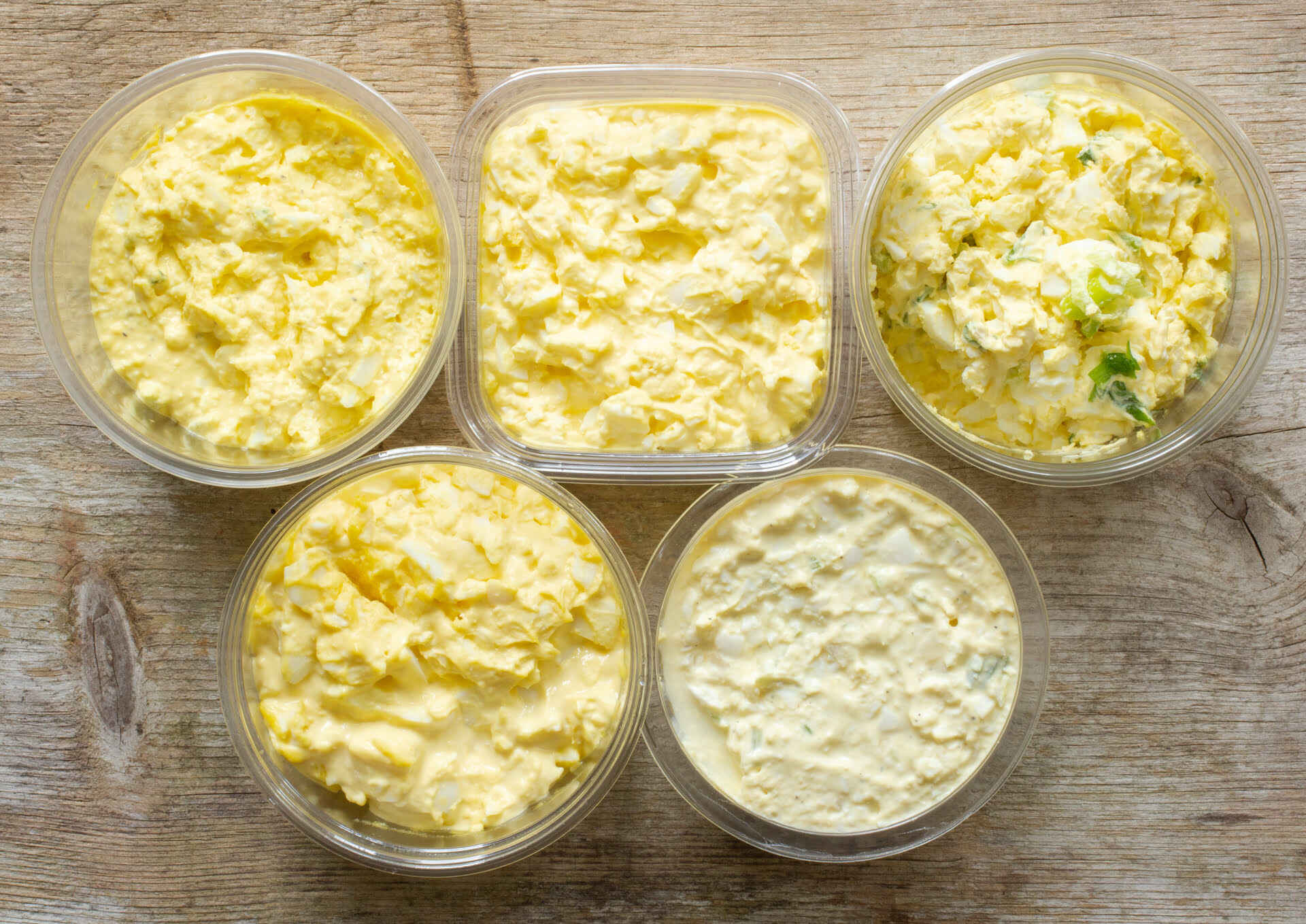
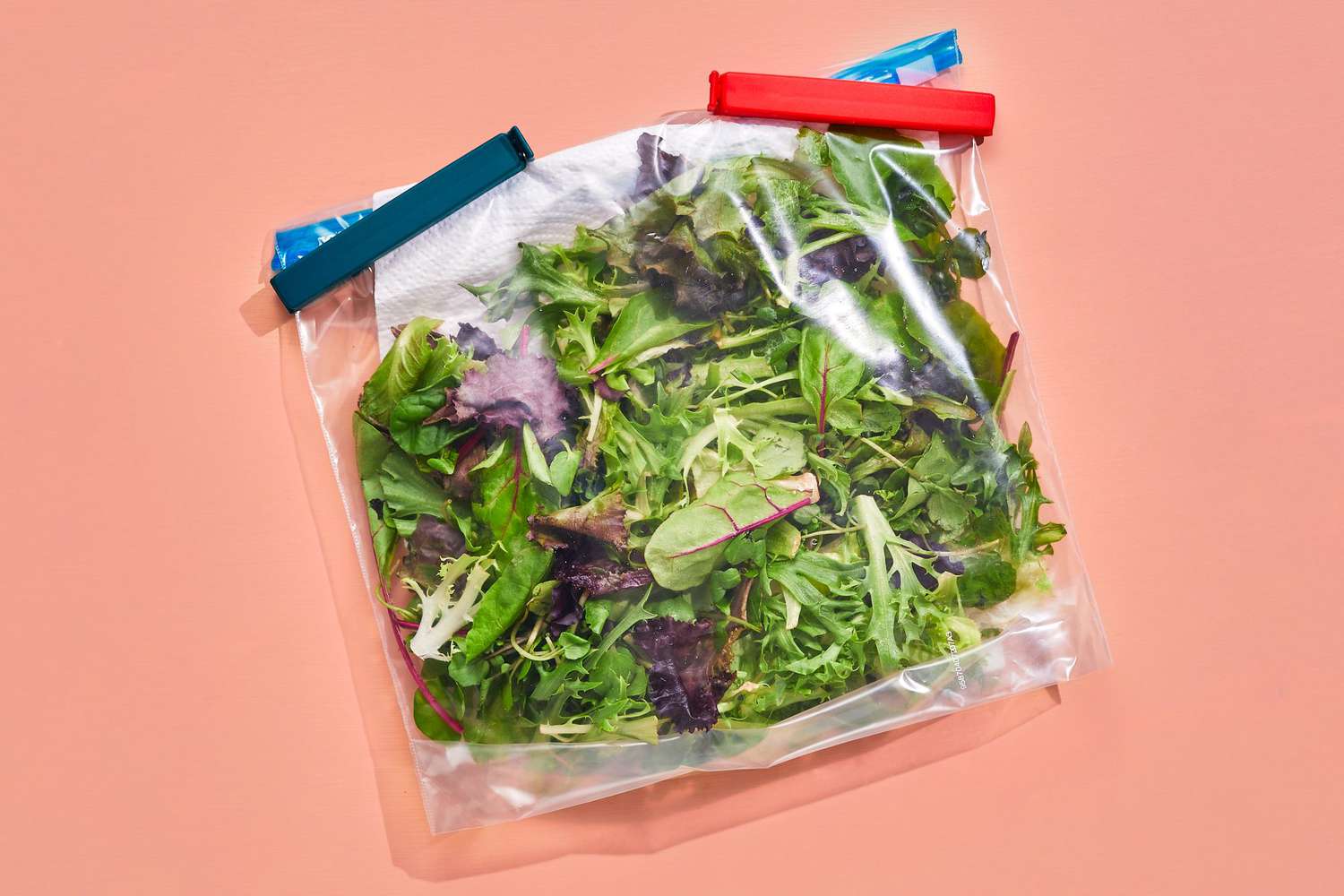



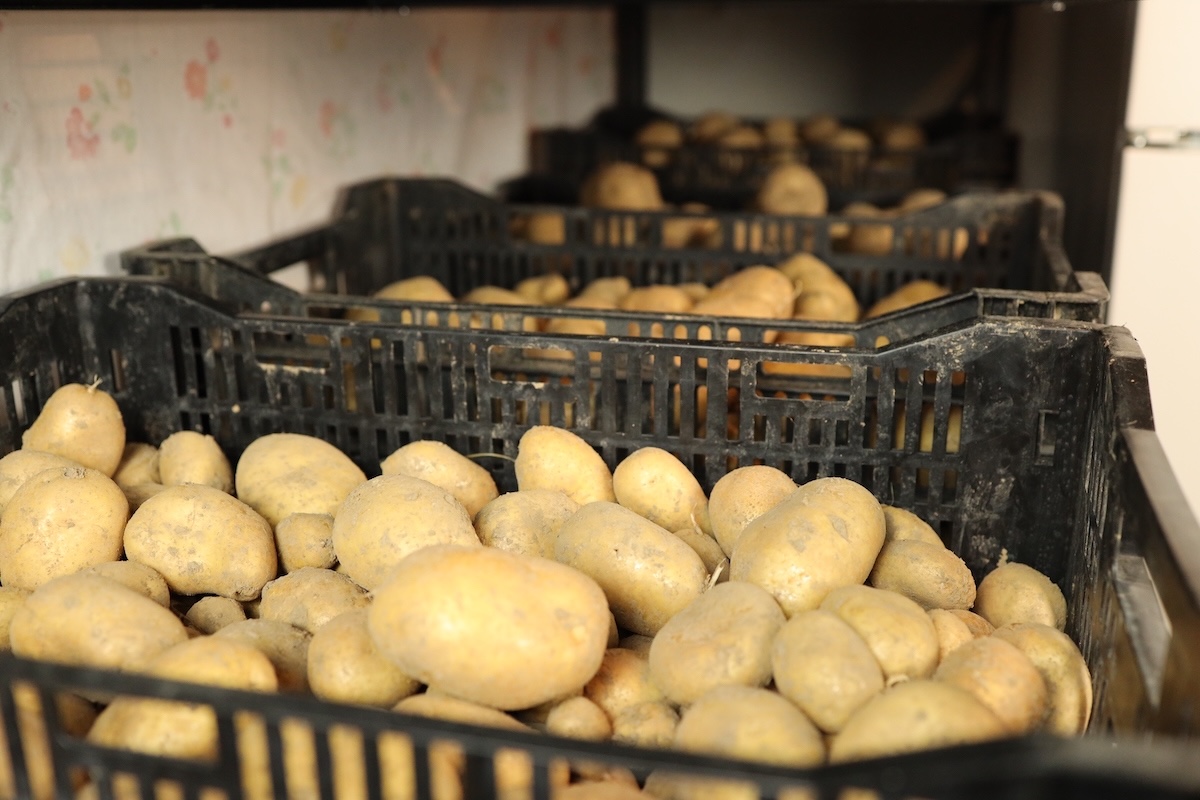

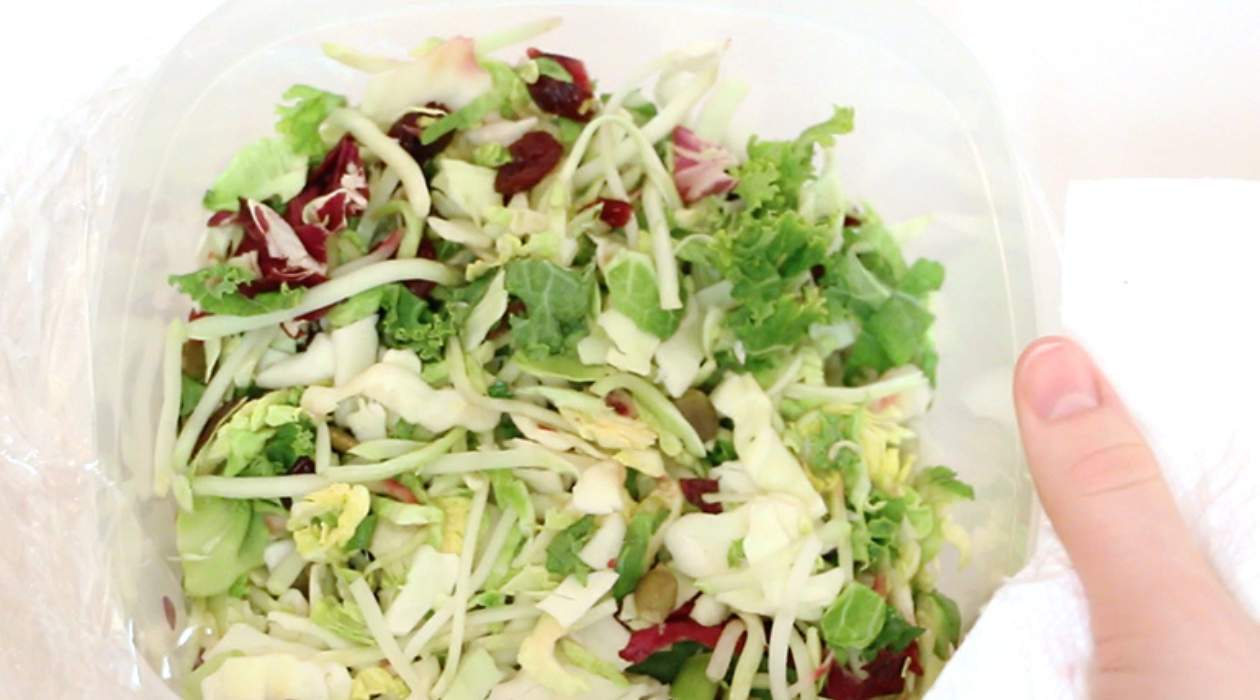

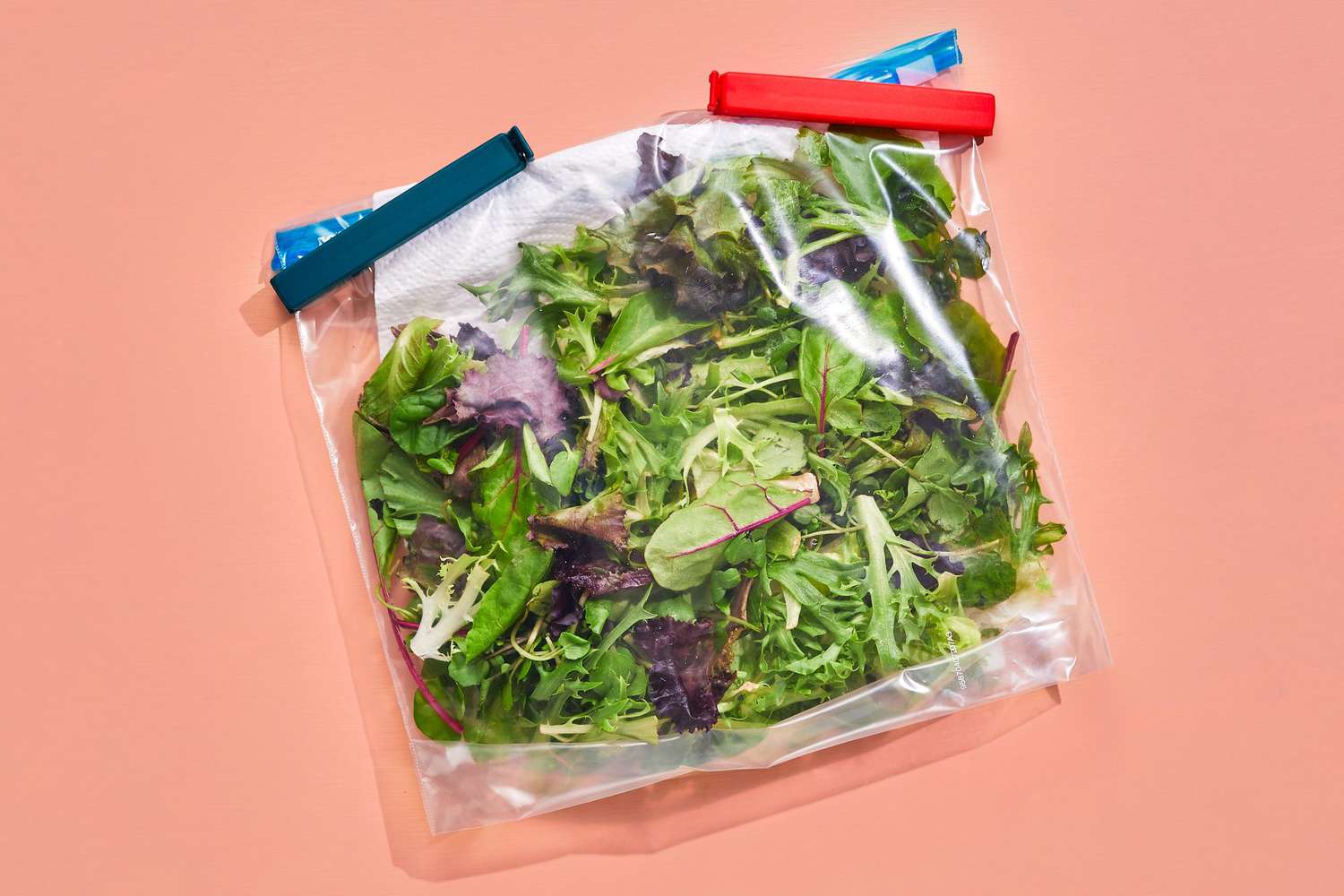




0 thoughts on “How To Store Potato Salad”